Spice Up Your Morning: The Ultimate Guide to Chorizo Breakfast Burritos Around the World
Table of Contents
- Introduction
- The Origins of Chorizo and Its Global Influence
- What Makes Chorizo So Spicy and Special?
- How to Build the Perfect Chorizo Breakfast Burrito
- Global Twists on the Classic Chorizo Burrito
- Buying Guide: Choosing the Best Chorizo for Your Burritos
- Conclusion
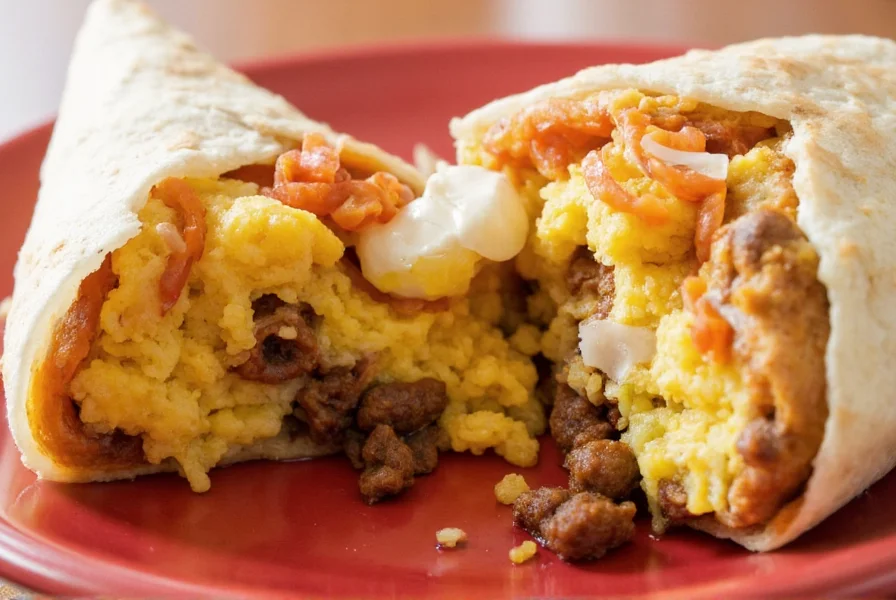
Introduction
There’s nothing quite like waking up to the smoky, spicy aroma of sizzling chorizo. Whether you're a food enthusiast or a seasoned chef, the chorizo breakfast burrito is a global sensation worth exploring. In this article, we’ll take you on a flavorful journey through history, culture, and spice markets around the world—all while helping you master your own version at home.
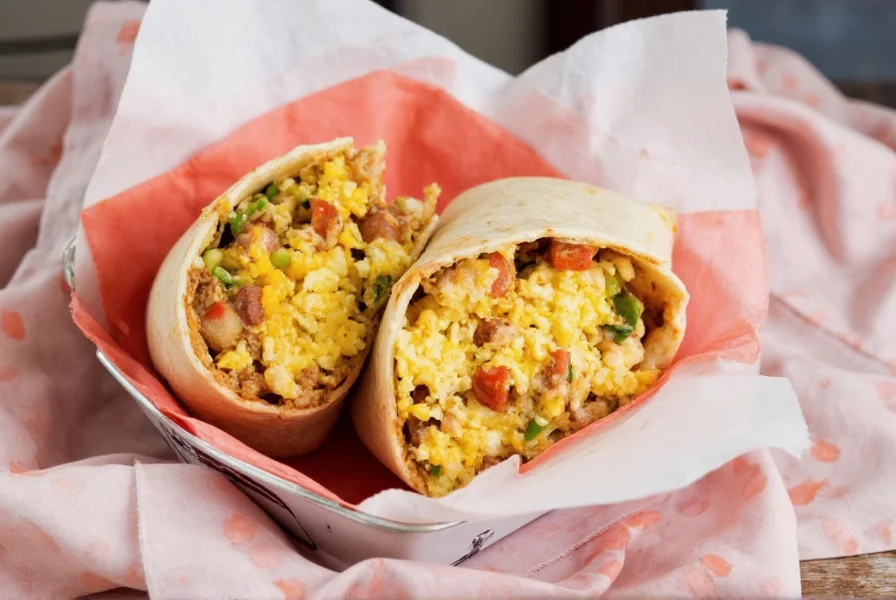
The Origins of Chorizo and Its Global Influence
Chorizo, a cured sausage with roots in Spain and Portugal, has become a culinary staple across Latin America, the Philippines, and even parts of the Middle East. It's more than just meat—it’s a symbol of cultural fusion, often reflecting the spices and techniques of the regions it reaches.
- Spain: Smoked paprika (pimentón) is king here, giving chorizo its iconic red hue and deep flavor.
- Mexico: Mexican chorizo uses fresh pork and bold chilies, often cooked before serving—perfect for breakfast burritos.
- Philippines: Longganisa, a local adaptation, often includes garlic and vinegar, adding a tangy twist.
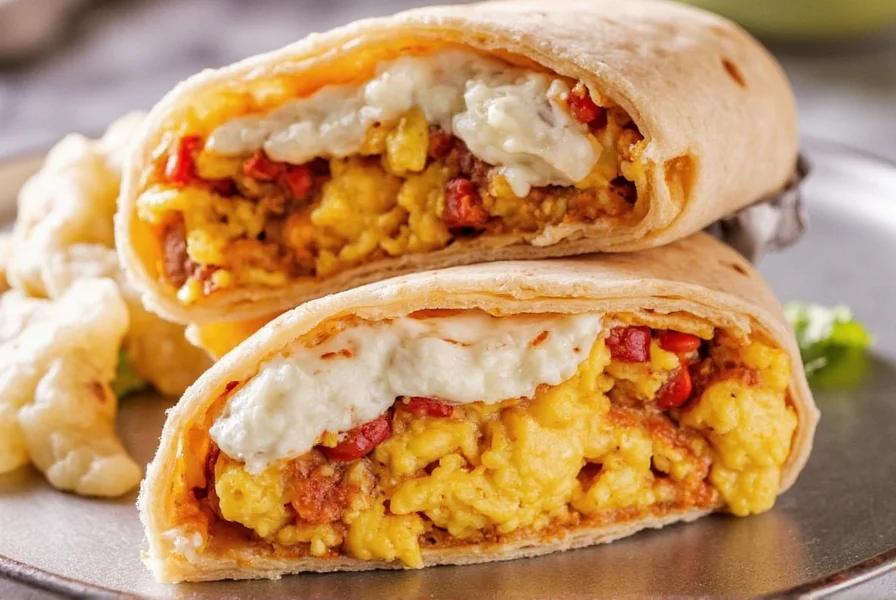
What Makes Chorizo So Spicy and Special?
The secret lies in the spice blend. While recipes vary by region, most chorizos feature a powerful combination of:
- Paprika (for color and mild heat)
- Garlic (for pungent depth)
- Vinegar (preservation and tanginess)
- Pepper (heat and complexity)
- Salt (enhances all other flavors)
| Type of Chorizo | Heat Level | Key Spice | Cooking Method |
|---|---|---|---|
| Spanish Chorizo | Mild | Smoked Paprika | Eaten Raw or Sliced |
| Mexican Chorizo | Medium–Hot | Guajillo & Ancho Chili | Browned & Crumbled |
| Argentinean Chorizo | Mild–Medium | Paprika & Garlic | Grilled |
| Philippine Longganisa | Medium | Garlic & Vinegar | Pan-fried |
How to Build the Perfect Chorizo Breakfast Burrito
A good chorizo breakfast burrito starts with balance: rich protein, soft carbs, and creamy texture. Here’s a simple breakdown:
- Cook the chorizo: Brown crumbled Mexican chorizo until fragrant and slightly crispy.
- Add eggs: Scramble or fry them right into the pan with the chorizo for extra richness.
- Layer in cheese: Mild cheeses like Oaxaca or Monterey Jack work best without overpowering the chorizo’s spice.
- Add texture: Guacamole, salsa, or pickled jalapeños give brightness and contrast.
- Wrap it up: Warm flour tortillas are key—they hold everything together without breaking.

Tips for Elevating Your Burrito Game
- Use homemade tortillas: They’re softer and absorb less grease.
- Toasted tortilla: A quick char adds a smoky note that pairs perfectly with chorizo.
- Add beans: Pinto or black beans add fiber and body.
- Don’t overfill: Too much stuffing leads to a messy wrap disaster.
- Let it rest: Letting the burrito sit for a minute after wrapping helps ingredients set.
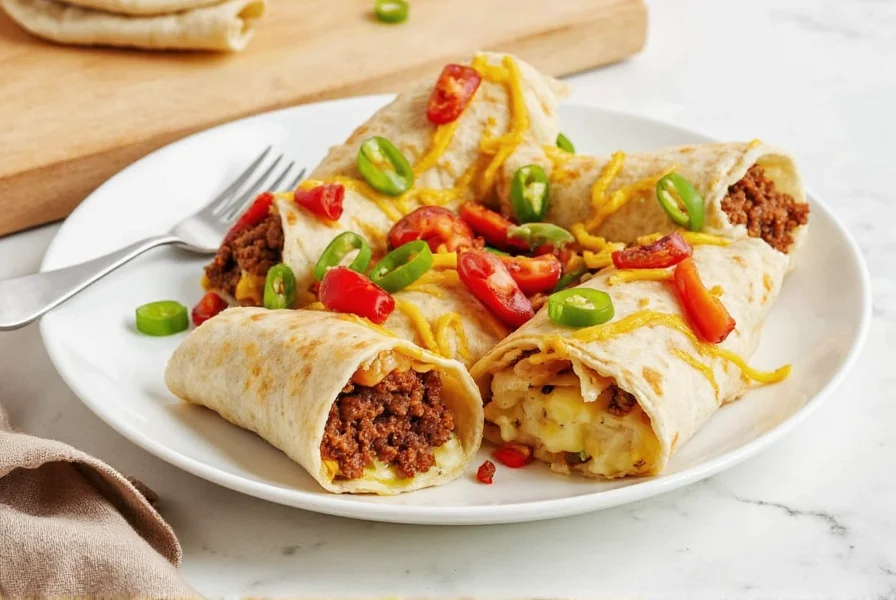
Global Twists on the Classic Chorizo Burrito
Why stop at the traditional? Try these creative spins inspired by cuisines around the world:
- Japanese Fusion: Add miso-glazed mushrooms and wasabi aioli for an umami-rich twist.
- Middle Eastern Version: Use za’atar-seasoned labneh instead of cheese and sprinkle sumac on top.
- Korean BBQ Style: Swap out the tortilla for a lettuce wrap and add kimchi slaw inside.
- Italian-Inspired: Replace tortilla with ciabatta bread and add pesto mayo and roasted red peppers.
- Caribbean Heat: Top with mango salsa and a drizzle of hot pepper sauce for tropical fire.
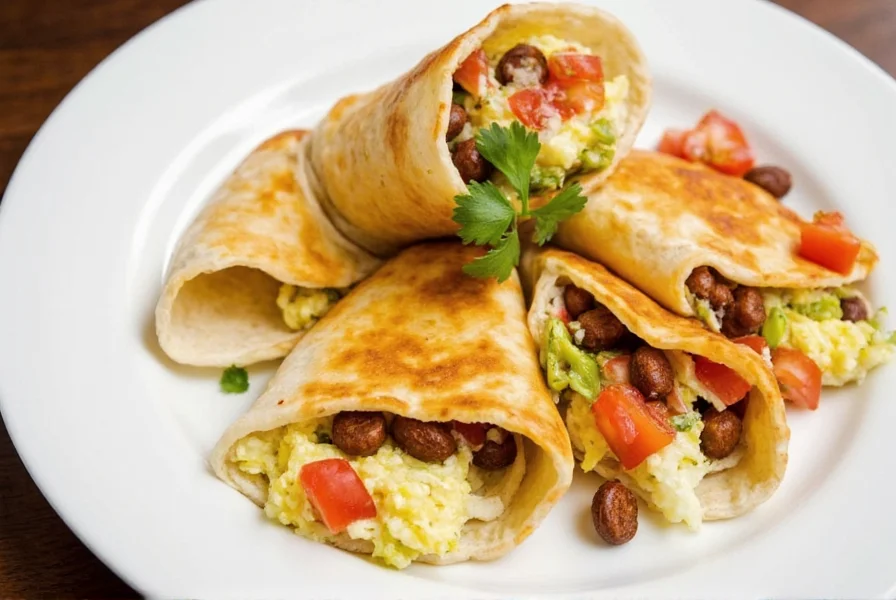
Buying Guide: Choosing the Best Chorizo for Your Burritos
Selecting the right chorizo can make or break your breakfast burrito. Here’s a detailed buying guide to help you choose based on flavor, heat level, and use case.
Top Chorizo Brands for Breakfast Burritos
| Brand | Origin | Flavor Profile | Heat Level | Best For |
|---|---|---|---|---|
| El Mexicano | Mexico | Spicy, garlicky, and earthy | High | Traditional breakfast burritos |
| Hormel | USA | Mildly spicy with a processed meat flavor | Low–Medium | Quick week-day burritos |
| Jamon Ibérico de Bellota | Spain | Smoky, nutty, and savory | Low | Fancy tapas-style wraps |
| La Costeña | Mexico | Rich, oily, and intensely spiced | Very High | Adventurous eaters |
| Del Real | USA | Slow-cooked, juicy, and balanced | Medium | Weekend indulgence |
Things to Look for When Buying Chorizo
- Natural casing vs. uncased: Natural casings provide better texture but may be harder to cook evenly.
- Preservatives: Check labels if you prefer clean eating; some brands contain nitrates.
- Fat content: Higher fat = richer taste, but messier wraps.
- Seasoning blend: Read ingredient lists to match your preferred spice profile.
- Country of origin: Authenticity matters—stick to Spanish or Mexican brands when possible.
Where to Buy Quality Chorizo
- Mexican grocery stores – Fresh, authentic options available
- Specialty butcher shops – Great for artisanal quality
- Online retailers – Ideal for hard-to-find varieties
- Supermarkets – Good for convenience but limited selection
Conclusion
From the smoky hills of Spain to the bustling street carts of Mexico City, the chorizo breakfast burrito represents the beautiful crossroads of culture and cuisine. Whether you're craving something classic or adventurous, there’s no shortage of ways to enjoy this spicy morning delight.
Now that you’ve got the lowdown on chorizo varieties, cooking tips, and global twists, it’s time to grab your skillet and get experimenting. After all, breakfast should never be boring—and with chorizo, it never will be.
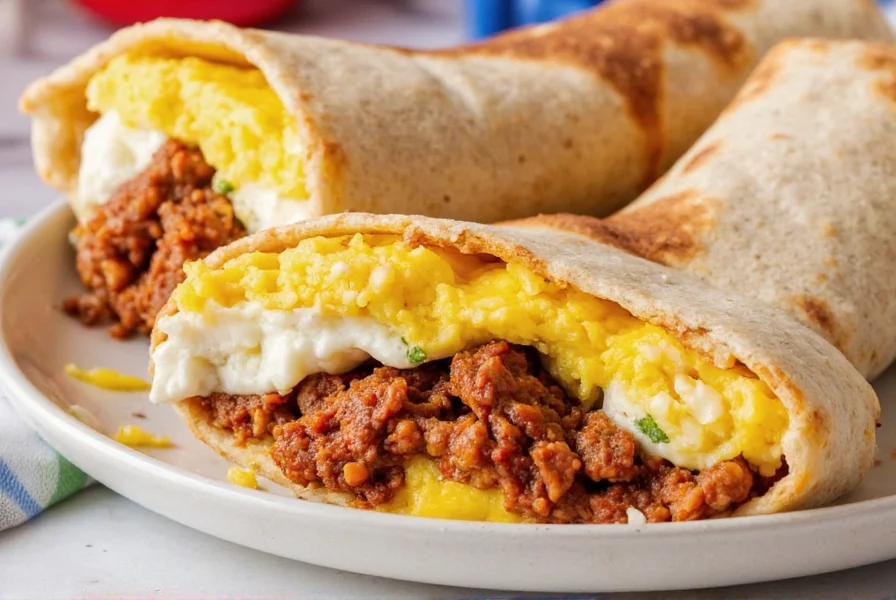

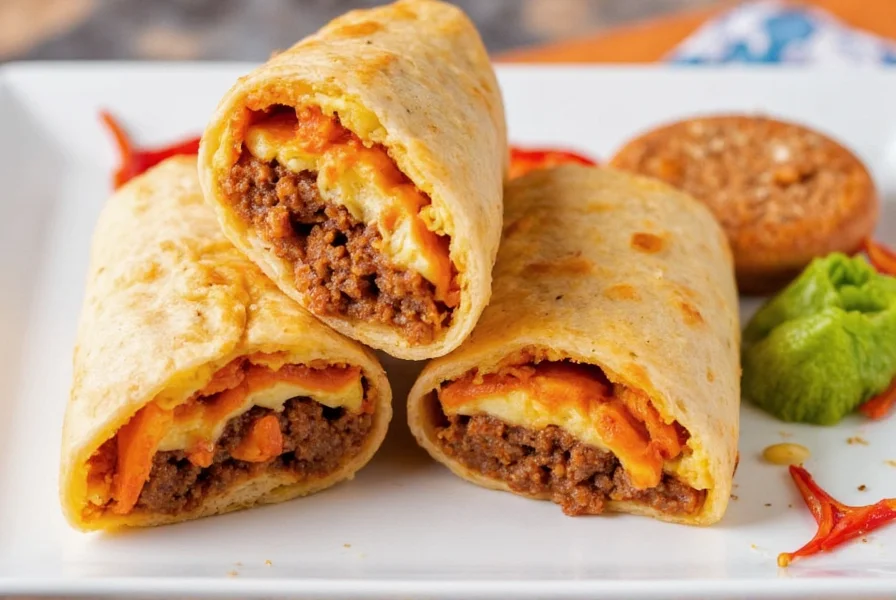









 浙公网安备
33010002000092号
浙公网安备
33010002000092号 浙B2-20120091-4
浙B2-20120091-4